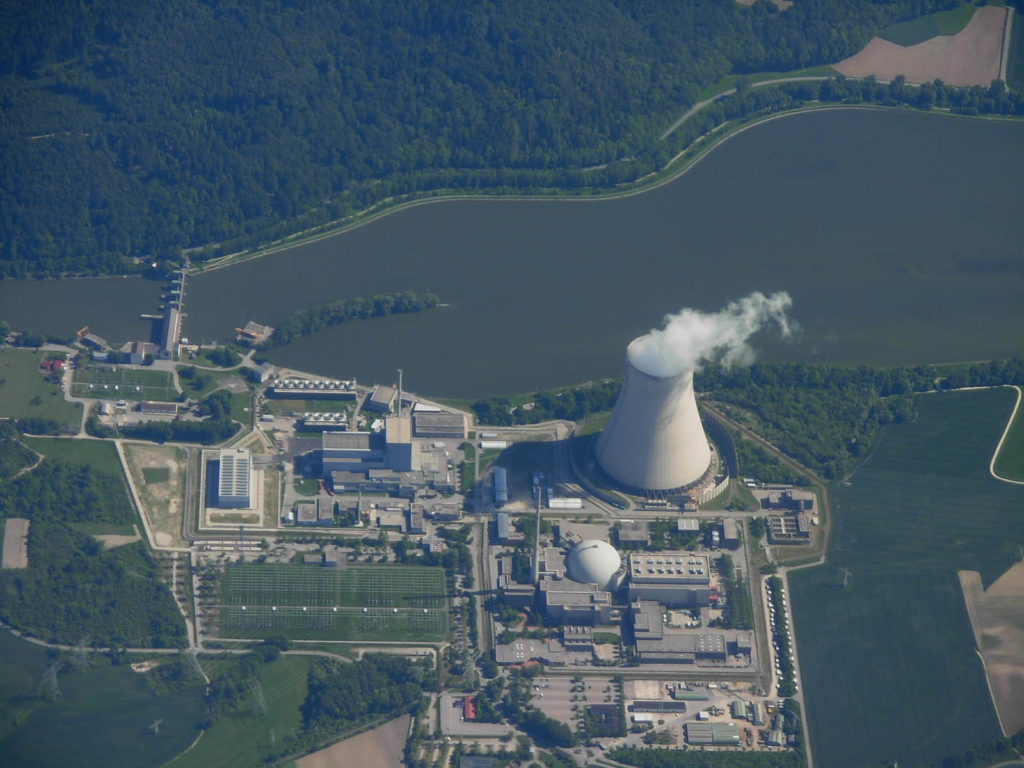We talk about renewable energy A LOT at the Climate Council, and for good reason! Switching to renewable energy is the most effective way for countries to bring down their greenhouse gas emissions, and ultimately, to fight climate change.
Chances are, you already know what renewable energy means. But, do you know what renewable energy zones are? Recently, there’s been a lot of talk about renewable energy zones coming from our States and Territories, so we figured it’s time to unpack what this actually means. Read on to find out!
What are Renewable Energy Zones?
Australia has some of the best renewable resources in the world, but some of our sunniest and windiest places aren’t very well connected to the existing electricity infrastructure.
This means we need to set these renewables-rich areas up with the right infrastructure and transmission* capacity to be able to send this clean energy to the places that need it. This is what a Renewable Energy Zone (REZ) is.
Think of a REZ as the modern-day, renewables-based equivalent of a power station, combining generation, transmission and storage to make sure our energy system is secure, affordable, clean and reliable.
*Note: Transmission refers to the poles and wires that transport electricity over long distances.

What’s so great about Renewable Energy Zones?
Governments use renewable energy zones as a planning tool to make sure new renewables can be coordinated with transmission and demand. This ensures our electricity system is reliable, secure, and developed at the lowest possible cost.
They also provide opportunities for thousands of clean jobs to be created for Australians, mostly in regional areas, whilst reducing Australia’s reliance on fossil fuels, and importantly, fighting climate change.
Our Clean Jobs Plan found that 15,000 jobs could be created across Australia within the next three years in renewable energy, transmission and storage, rebooting our economy while tackling long term challenges like climate change at the same time. These include jobs in construction and utilities, administration and engineering.
Read more about the Clean Jobs plan here!
In addition to creating jobs and reducing our greenhouse gas pollution, more renewable energy generation means lower power prices for households and businesses. This supports even more job creation, reducing bills for existing businesses and enabling the creation of new ones. In particular, low-cost electricity creates a global competitive advantage for Australia in energy-intensive industries. If we embrace renewable energy, generations of Australians could work in the clean industries of the future such as clean manufacturing, mining and minerals processing, and renewable hydrogen.
Where are these renewable energy zones?
Lots of regions around Australia have been identified as potential REZs, with many state governments announcing they’ll look into developing some of these zones in the near future.

Potential Renewable Energy Zones in the National Energy Market, Australia. Source: 2020 Integrated System Plan, AEMO.
At the moment, NSW, Victoria, and Queensland have both committed to developing Renewable Energy Zones. The Queensland Government is looking at three REZ ‘corridors’ that span eight potential zones. The NSW Government has confirmed that it will develop REZs in four locations:
- Central-West Orana
- New England
- South-West Region
- Hunter Valley
According to the NSW Government, these will support over 6,300 construction and 2,800 ongoing jobs, mostly in regional NSW. These REZs will also lower power bills, saving the average NSW household around $130 a year on their electricity bill and $430 a year for the average small business between 2023 and 2040.
The Victorian Government has pledged $543 million to fund six REZs across the state:
- South West Victoria
- Western Victoria
- Murray River
- Central North Victoria
- Ovens Murray
- Gippsland
These new Renewable Energy Zones will help Victoria accelerate the transition away from fossil fuels and towards zero-emissions electricity.
Want to be the first to find out about the latest climate news? Join the Climate Council today.











